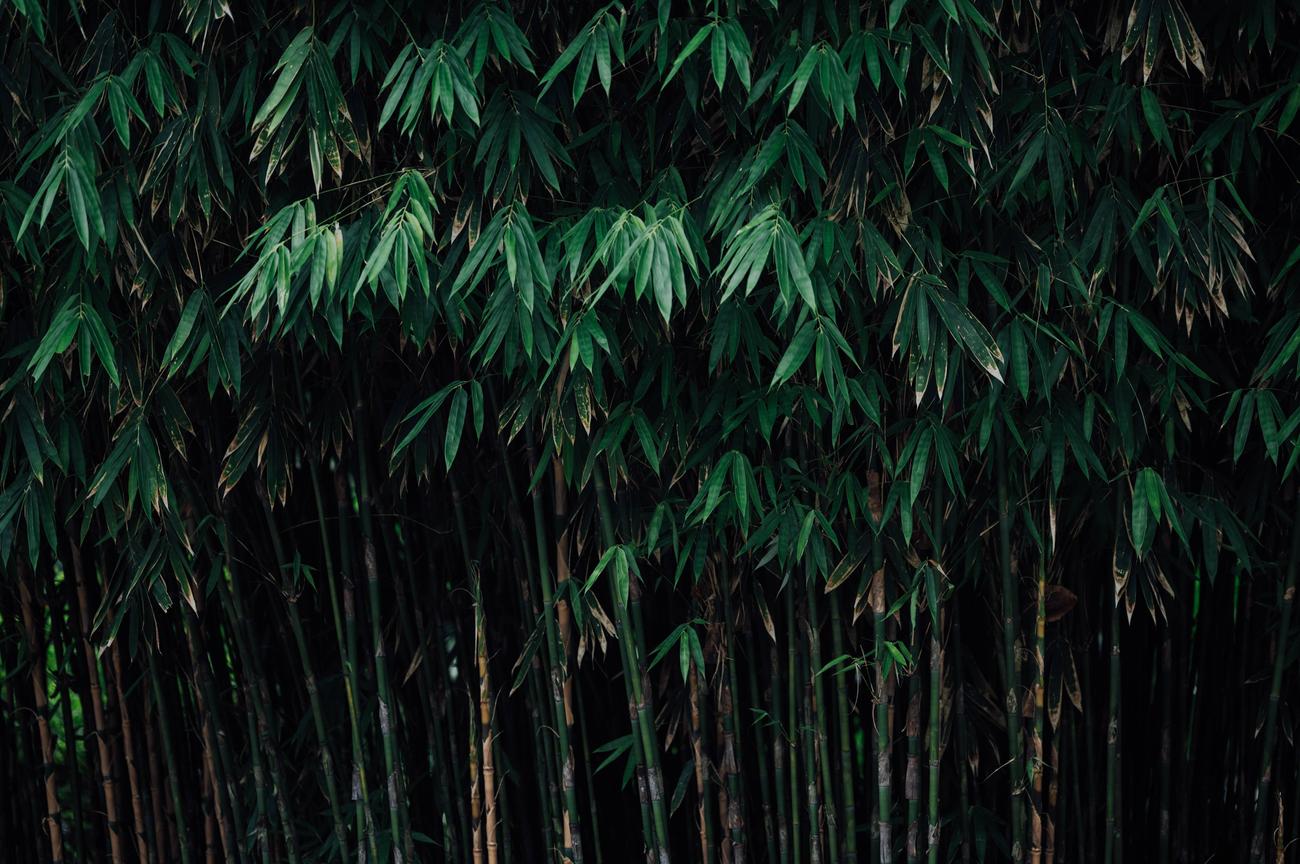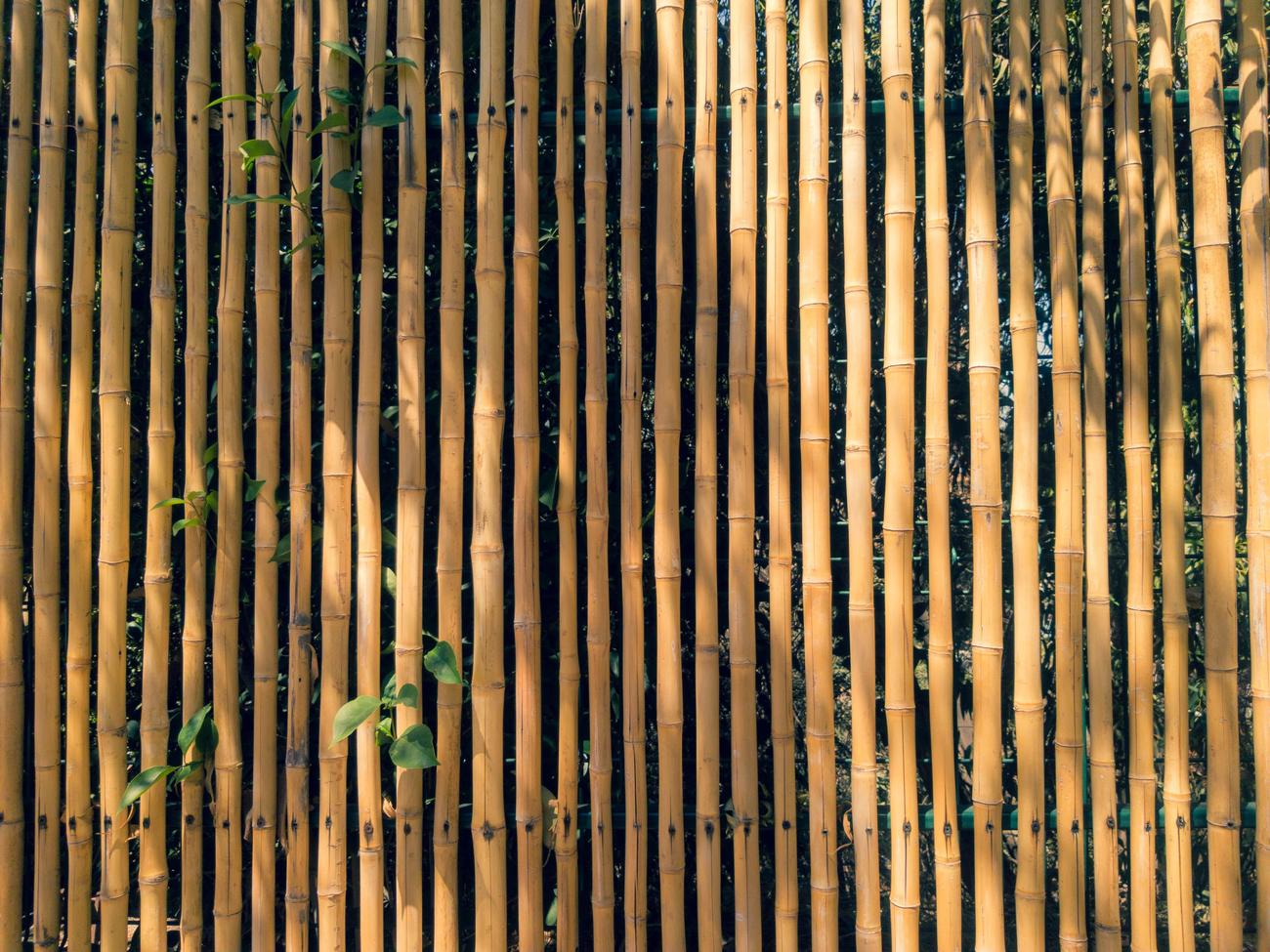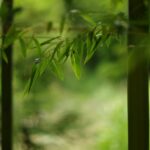Are you looking for a sustainable solution that not only benefits the environment but also enhances your lifestyle? In this article, we delve into the eco-friendly features of bamboo – a remarkable renewable resource that has captured the attention of sustainability enthusiasts worldwide. From its rapid growth and minimal carbon footprint to its incredible versatility, bamboo offers a multitude of advantages that make it a game-changer in the quest for a greener future. So, join us as we uncover the secrets behind bamboo’s eco-friendly prowess and explore how this incredible plant is revolutionizing the way we live sustainably.

Eco-Friendly Features of Bamboo
When it comes to sustainable solutions, bamboo stands tall as an eco-friendly resource with a multitude of advantages. From its renewable nature to its minimal environmental impact, bamboo offers a range of benefits that make it a top choice for environmentally conscious individuals. Let’s explore some key reasons why bamboo is considered to be an eco-friendly material.
Sustainability and Renewability
One of the primary reasons why bamboo is celebrated for its eco-friendly features is its sustainability and renewability. Unlike other materials, bamboo is 100% biodegradable and has excellent decomposition properties. This means that when bamboo products reach the end of their lifecycle, they can easily return to the earth, leaving no lasting impact. Additionally, bamboo is a highly renewable resource as it can regrow naturally from its own root system after being harvested. This rapid growth cycle allows for continuous harvesting without depleting the bamboo population, making it a truly sustainable choice.
“Bamboo’s excellent decomposition properties make it highly desirable for environmental conservation, ensuring a minimal impact on the planet’s resources.”
Sourcing and Origin
To truly understand the eco-friendliness of bamboo products, it is crucial to pay attention to their sourcing and origin. Sustainable bamboo industries prioritize responsible practices, ensuring that the bamboo is grown, harvested, hauled, and developed into products in an environmentally conscious manner. By considering the sourcing and origin of bamboo products, consumers can make informed choices and support companies that strive for eco-friendly practices.
“Determining the sustainability of bamboo products means understanding their sourcing and origin, guaranteeing their eco-friendliness and supporting responsible practices.”
Environmental Benefits and Minimal Impact
Bamboo boasts an array of environmental benefits that contribute to its eco-friendly reputation. Firstly, bamboo is an incredibly fast-growing plant, with some species capable of growing up to 91 cm (36 inches) in just 24 hours! This rapid growth rate allows for efficient and sustainable production. Moreover, bamboo requires minimal water and pesticides compared to other plants, reducing the strain on water resources and minimizing chemical pollution. Additionally, bamboo has a smaller carbon footprint compared to heavier materials like wood. Its lightweight nature also leads to lower carbon emissions during transportation, making it a low-carbon choice.
“Bamboo’s fast growth rate, minimal water and pesticide requirements, and lower carbon footprint contribute to its eco-friendly allure, ensuring a sustainable alternative to other materials.”
Versatility and Durability
One of bamboo’s remarkable qualities is its versatility. It can be used in various applications, ranging from bamboo construction materials to everyday items like towels and cutlery. Bamboo’s strength and durability make it an ideal choice for sustainable products that are built to last. Whether it’s furniture, flooring, utensils, or even toilet paper rolls, bamboo offers a wide range of environmentally friendly options.
“Bamboo’s versatility and durability make it a sustainable choice for various applications, providing an eco-friendly alternative to conventional materials.”
Moderation and Responsible Sourcing
Like any sustainable material, the eco-friendliness of bamboo relies on moderation and responsible sourcing practices. It is crucial for consumers to be mindful of the amount of bamboo they consume and ensure that it is sourced from sustainable and ethical producers. By practicing moderation and supporting responsible sourcing, we can ensure the long-term viability of bamboo as an eco-friendly resource.
“Adopting a responsible approach towards bamboo consumption ensures its continued sustainability as an eco-friendly material.”
In conclusion, bamboo’s eco-friendly advantages are aplenty. Its sustainability, renewability, minimal environmental impact, versatility, and durability make it a top choice for those seeking green alternatives. By choosing bamboo products sourced responsibly, we can contribute to a more sustainable future for our planet.
“Bamboo’s eco-friendly features make it a beacon of sustainability, offering a renewable, versatile, and durable solution for eco-conscious individuals.”
Bamboo is not just a tall, green plant that sways gracefully in the wind. It holds a world of wonder and fascinating facts that will leave you amazed. Are you ready to dive into the extraordinary world of bamboo? Brace yourself for an adrenaline-filled journey as we unveil the top 10 amazing facts about bamboo. Prepare to be astounded by its versatility, strength, and eco-friendly nature. Don’t miss out on this unique opportunity to unravel the mysteries of bamboo. Click here to explore the astounding secrets of bamboo: 10 Amazing Facts About Bamboo.

FAQ
Question 1: Why is bamboo considered an eco-friendly resource?
Answer 1: Bamboo is considered an eco-friendly resource due to its sustainability and renewability. It is 100% biodegradable and decomposes easily, making it desirable for environmental conservation efforts. Additionally, bamboo can regrow naturally from its own root system after being harvested, making it a renewable resource.
Question 2: How does the sourcing and origin of bamboo affect its eco-friendliness?
Answer 2: The sourcing and origin of bamboo products are crucial factors in determining their eco-friendliness. To ensure sustainability, it is important to understand where bamboo comes from, how it was grown, harvested, hauled, and developed into products. By paying attention to these aspects, we can ensure that bamboo products are environmentally friendly.
Question 3: What are the environmental benefits of using bamboo?
Answer 3: Bamboo offers numerous environmental benefits. It is fast-growing, requiring minimal water and pesticides. Compared to heavier materials like wood, bamboo has a smaller carbon footprint. Its growth rate and natural regrowth ability result in minimal impact on the environment.
Question 4: In what applications can bamboo be used as an eco-friendly alternative?
Answer 4: Bamboo can be used in various applications as an eco-friendly alternative. It can be used for construction building materials, towels, cutlery, furniture, flooring, and even toilet paper rolls. Its versatility, durability, and affordability make it a sustainable choice in many industries.
Question 5: How does bamboo’s transportation contribute to its eco-friendliness?
Answer 5: Bamboo’s lightweight nature allows for lower carbon emissions during transportation compared to heavier materials. This means that the transportation of bamboo has a lower environmental impact, further enhancing its eco-friendliness.
- Unlock Water’s Symbolism: A Cross-Cultural Exploration - April 20, 2025
- Identify Black and White Snakes: Venomous or Harmless? - April 20, 2025
- Unlocking Potential: Origins High School’s NYC Story - April 20, 2025















